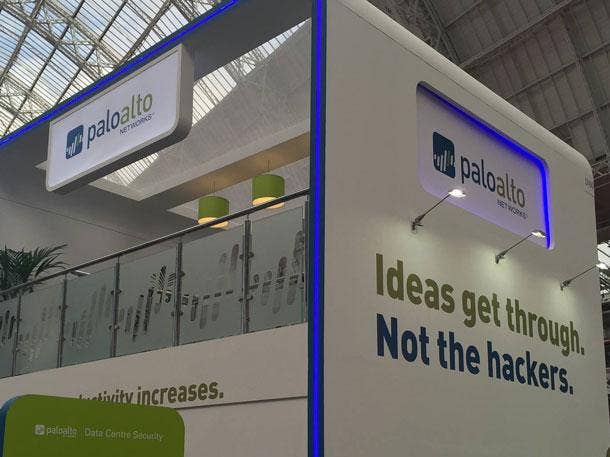Palo Alto Networks CEO: Customers Need Help Solving Alerts, Not Generating Them

Palo Alto Networks CEO Nikesh Arora said the company's proposed acquisition of Demisto will help customers get away from having to hire more security analysts to process more alerts.
Clients are getting between three and ten times more alerts today than they were just two-to-five years ago as the number of cybersecurity tools in the ecosystem proliferates, Arora told Wall Street analysts Tuesday. And up until now, Arora said customers have felt like they need to hire more and more analysts to figure out how to solve those alerts.
"We realize there's a crescendo of people saying 'I need more help solving these alerts than going out and generating them,'" Arora said Tuesday. "Demisto fits squarely in that sore spot of the industry."
[Related: 10 Things To Know About The $560M Palo Alto Networks-Demisto Deal]
Demisto is expected to generate between $50 million and $55 million of billings in 2019, with revenue lagging behind since it's a highly ratable business, Palo Alto Networks revealed Tuesday. Palo Alto Networks agreed last week to purchase the automation and analytics startup for $560 million, and the deal is expected to close by the end of April.
Palo Alto Networks said customers can benefit from receiving additional alerts if they're able to tap into automated playbooks and analytics akin to what's offered by Demisto, according to Chief Product Officer Lee Klarich.
"More data is always a good thing, but only if, for the majority of that, we can automatically deal with it," Klarich told investors.
The company's new Cortex XDR detection and response tool, meanwhile, provides businesses with the ability to stitch together data from different sources, really understand it, and proactively present it to a SOC (security operations center) analyst for more sophisticated attacks. This information will make it easier for an analyst to understand the alert, investigate it, and initiate a response, according to Klarich.
"[Demisto and Cortex XDR] works very sort of hand-in-hand in terms of how a SOC analyst would think of the capabilities," Klarich said.
Cortex XDR leverages data that's collected from Palo Alto Networks firewalls, the Traps endpoint protection product, as well as cloud security sensors to provide a major boost to the SOC, Arora said. This capability runs on the Cortex platform, which Arora said is deployed on the public cloud and relies on native artificial intelligence to better handle massive amounts of incoming data.
Palo Alto Networks sales for the quarter ended Jan. 31 skyrocketed to $711.2 million, up 30.4 percent from $545.6 million the year earlier. That crushed Seeking Alpha's projection of $682.2 million.
The company recorded a net loss of $2.6 million, or $0.03 per share, 89.8 percent better than a net loss of $25.6 million, or $0.28 per share, the year before. On a non-GAAP basis, net income soared to $147 million, or $1.51 per share, up 48.9 percent from $98.7 million, or $1.05 per share, last year. That beat Seeking Alpha's net income projection of $1.22 per share.
Palo Alto Networks' stock jumped $25.45 (10.8 percent) to $261 per share in after-hours trading Tuesday. That's the company's highest-ever trading price since going public in July 2012.
Subscription and support revenue for Palo Alto Networks increased to $439.6 million, up 29 percent from $340.8 million the year before. And product revenue jumped to $271.7 million, up 32.6 million from $204.8 million last year.
Sales in the Americas increased by 27 percent in the quarter, according to Chief Financial Officer Kathy Bonanno.
For the coming quarter, Palo Alto Networks expects non-GAAP net income of $1.23 per diluted share to $1.25 per diluted share on total sales of $697 million to $707 million. Seeking Alpha had been projecting non-GAAP net income of $1.25 per share, with the Palo Alto Networks revenue outlook matching consensus on the low end.